K-Recipe: Pumpkin Porridge for an At-Home Halloween Party
 Naver Post | Ddokddokhan Gumjin
Naver Post | Ddokddokhan Gumjin
In Korea, we don’t see a lot of these classic orange pumpkins that we’re familiar with. Instead, they use more of Aehobak (Korean zucchinis) and Kabocha. There are more than 150 species of pumpkins out there, that all look, taste, and are used differently in thousands of dishes. As for these two pumpkins used most in Korea, they both have sweet flavours to them. This makes them good ingredients to add instead of pouring in too much sugar.
 There are a number of dishes that can easily be seen on a classic Korean dinner table. Using Aehobak, you could make Aehobak Jjigae (Spicy Pumpkin Stew) with chilli paste, potatoes and mushrooms, which is a delicious pairing with a bowl of hot steam rice. Aehobak Jeon is one of the most loved Jeons (Korean pancakes) in Korea, that are usually made on special events and national holidays like Chuseok. With Kabocha, firstly you could make the Dakgalbi Danhobak Jjim that we talked about in TMI Vol. 013, using the pumpkin as a simple way to make any dish fancier. Kabocha is also used in one of my favourite Korean side dishes, Danhobak Mattang (Caramelised Sweet Pumpkin)! With all these mouth-watering dishes aside, the recipe we’re going to talk about today is Hobak Juk (Korean Pumpkin Porridge).
There are a number of dishes that can easily be seen on a classic Korean dinner table. Using Aehobak, you could make Aehobak Jjigae (Spicy Pumpkin Stew) with chilli paste, potatoes and mushrooms, which is a delicious pairing with a bowl of hot steam rice. Aehobak Jeon is one of the most loved Jeons (Korean pancakes) in Korea, that are usually made on special events and national holidays like Chuseok. With Kabocha, firstly you could make the Dakgalbi Danhobak Jjim that we talked about in TMI Vol. 013, using the pumpkin as a simple way to make any dish fancier. Kabocha is also used in one of my favourite Korean side dishes, Danhobak Mattang (Caramelised Sweet Pumpkin)! With all these mouth-watering dishes aside, the recipe we’re going to talk about today is Hobak Juk (Korean Pumpkin Porridge).
 Shikdorak 365
Shikdorak 365
Most of us would have tried creamy pumpkin soup before as an appetiser at a restaurant. But Hobak Juk is something totally new. Juk (Korean porridges) is normally served as a light meal in Korea, with hundreds of different types to it. They are normally cooked by slow-boiling rice and other ingredients in low heat, with lots of care. Juks are made with many different healthy ingredients, are easy to swallow, and are easily digested while making your whole body warmed up. Hence why they are served especially to elders or babies, and even to the ill. But that doesn’t mean that we can only have these warming dishes when we’re feeling sick, cause Koreans crave them whenever! There’s even a major-scaled Juk franchise in Korea called Bonjuk with over a thousand branches nationwide - you see how much Koreans love these porridges.
 Tistory | Hot issue & Hot topic
Tistory | Hot issue & Hot topic
A feature that differentiates Western and Korean porridges is that Koreans tend to stick to glutinous rice rather than other types of grains or oats. This is to make the Juk more sticky and to soothe the stomach when you’re having a stomach ache. Another thing I enjoy with Korean Juks is the chewy dough called Ongshimi, traditionally made with potato or rice. These soft balls of goodness are added in sweeter Juks like Hobak Juk or Pat Juk (Red Bean Porridge).
The recipe for this sweet pumpkin porridge can be varied into two categories: 1) gourmet-with-love-and-care, and 2) ready to serve in five minutes. For me, I’m all in for the easy one 😉 For those who are curious about the chewy Ongshimi, I’ll add that in the recipe as well!
 Bonjuk
Bonjuk
Ingredients
|
1) Peel the kabocha and chop them up into bite-size pieces.
2) Blend the chopped kabocha in a blender with some water (ratio 1:1)
3) Here's what's needed to make the Juk sticky. Either blend a cup of glutinous rice (soaked in water for 2 hours) OR stir up a cup of glutinous rice flour with water. You can choose depending on your preference of Juk, to have rice bits with the porridge or to use the flour to have the porridge smooth and fine.
*Ongshimi Time!
4) Knead 300g of glutinous rice flour and 150ml of lukewarm water into a dough (Tip: do not pour the water at once. Add as you knead the dough to not make it too gooey)
5) Once the dough is smooth, roll into small balls.
6) Add the blended kabocha and the rice/rice flour mix in a pot and add one more cup of water. Put on medium heat and stir. (Tip: Make sure you don’t stop stirring because if not, the glutinous rice can stick to the bottom!)
7) Once the pot heats up, put on low heat and continue stirring.
8) When the Juk comes to boil, add your Ongshimi, 1 Tbsp of salt and 2 Tbsp of sugar. You can add more salt or sugar depending on your preference.
9) After 10 more minutes of stirring on low heat, your Juk is ready!
 Youtube | Korean Cuisine
Youtube | Korean Cuisine
In Korea, late October is when the country starts to get chilly and Halloween is the perfect time to have a bowl of sweet Hobak Juk. Although we’re at the other side of the globe and the weather is clearing up for New Zealand, I thought it would still be a nice recipe to fix up on rainy days that we often have! Let us know how this Hobak Juk recipe ended up on your Halloween morning, and if you’d like more Juk recipes in our TMIs 🥣








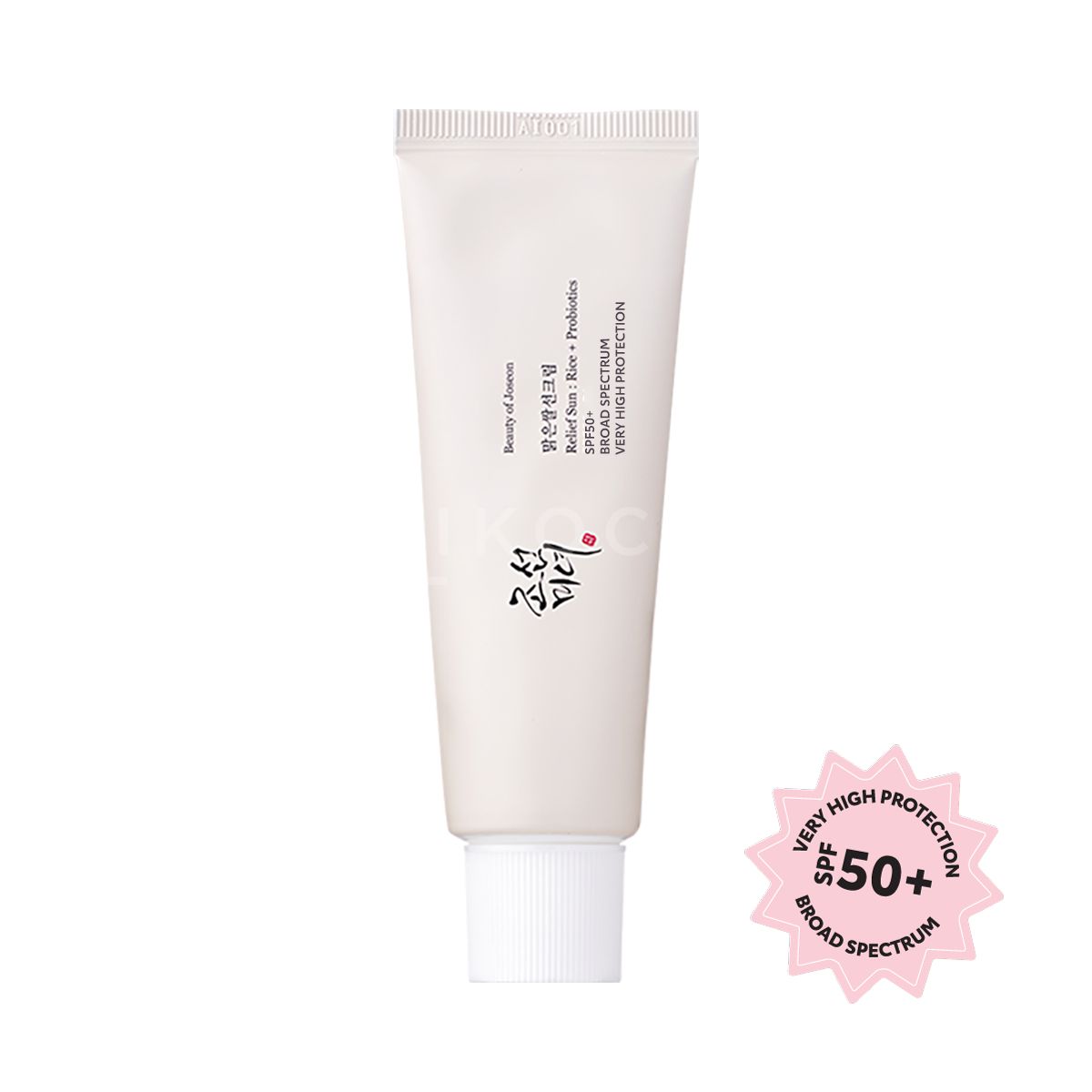
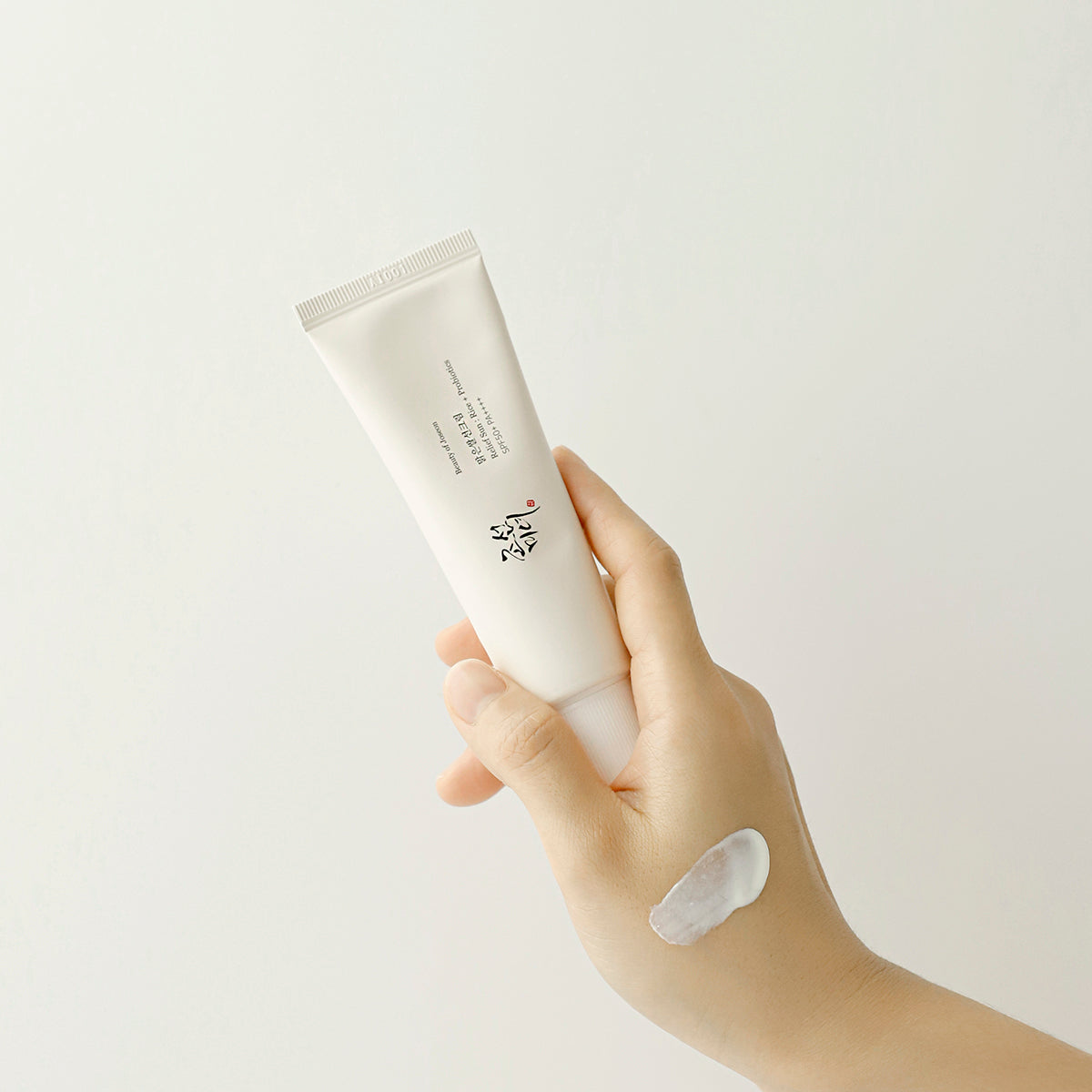



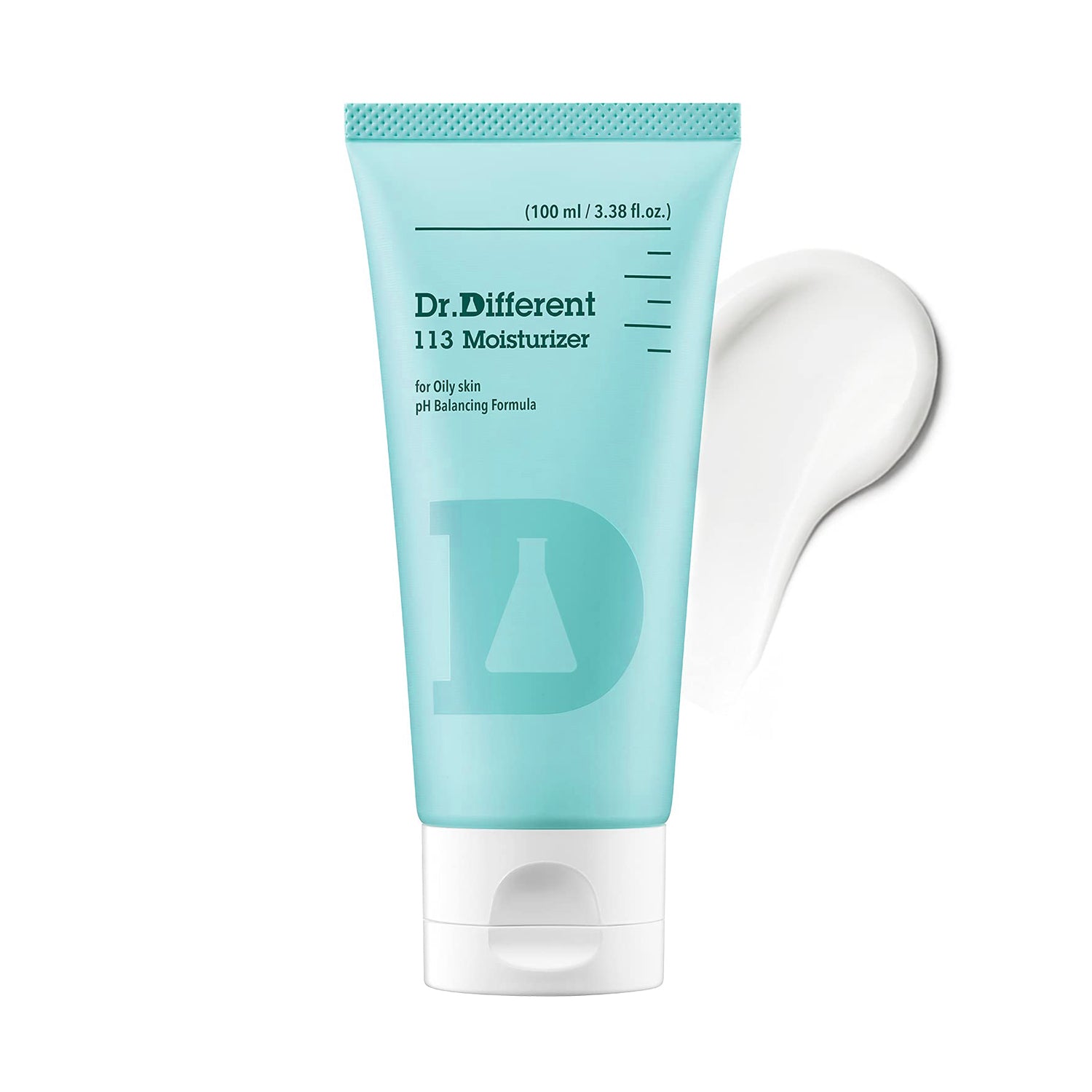

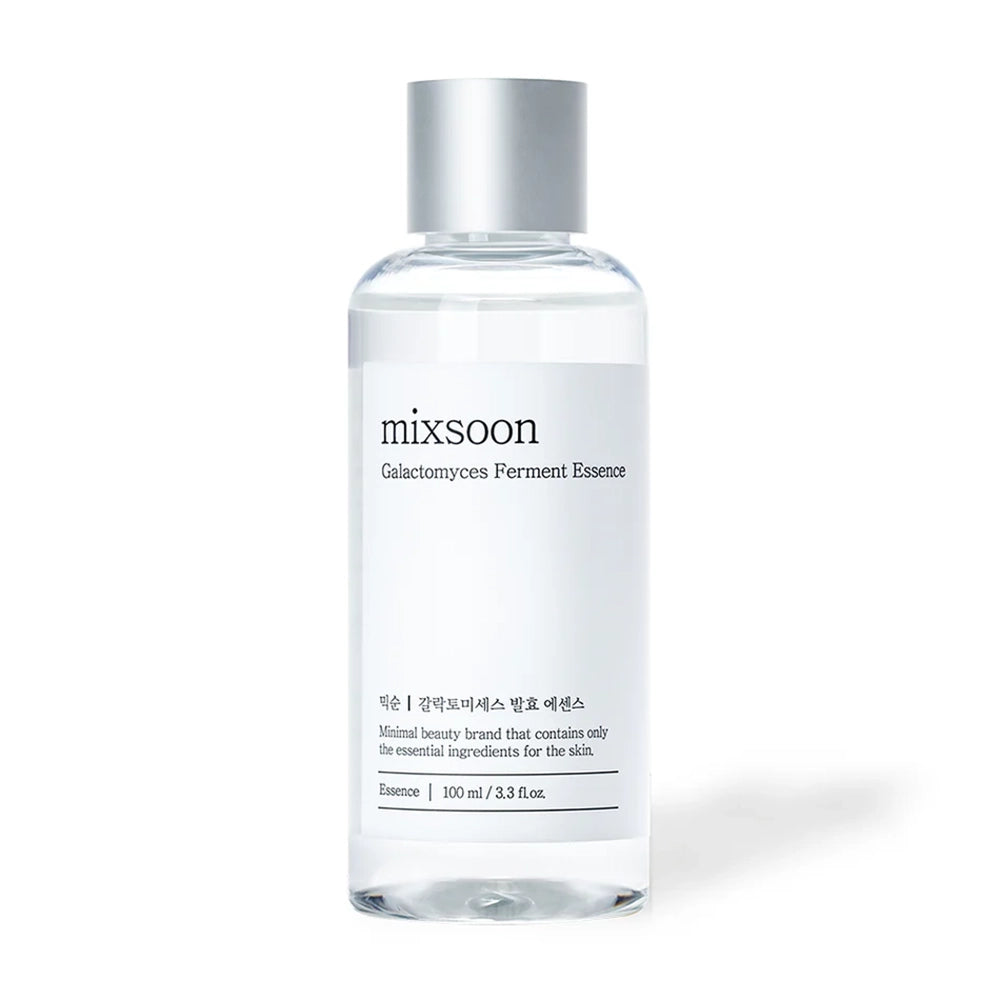
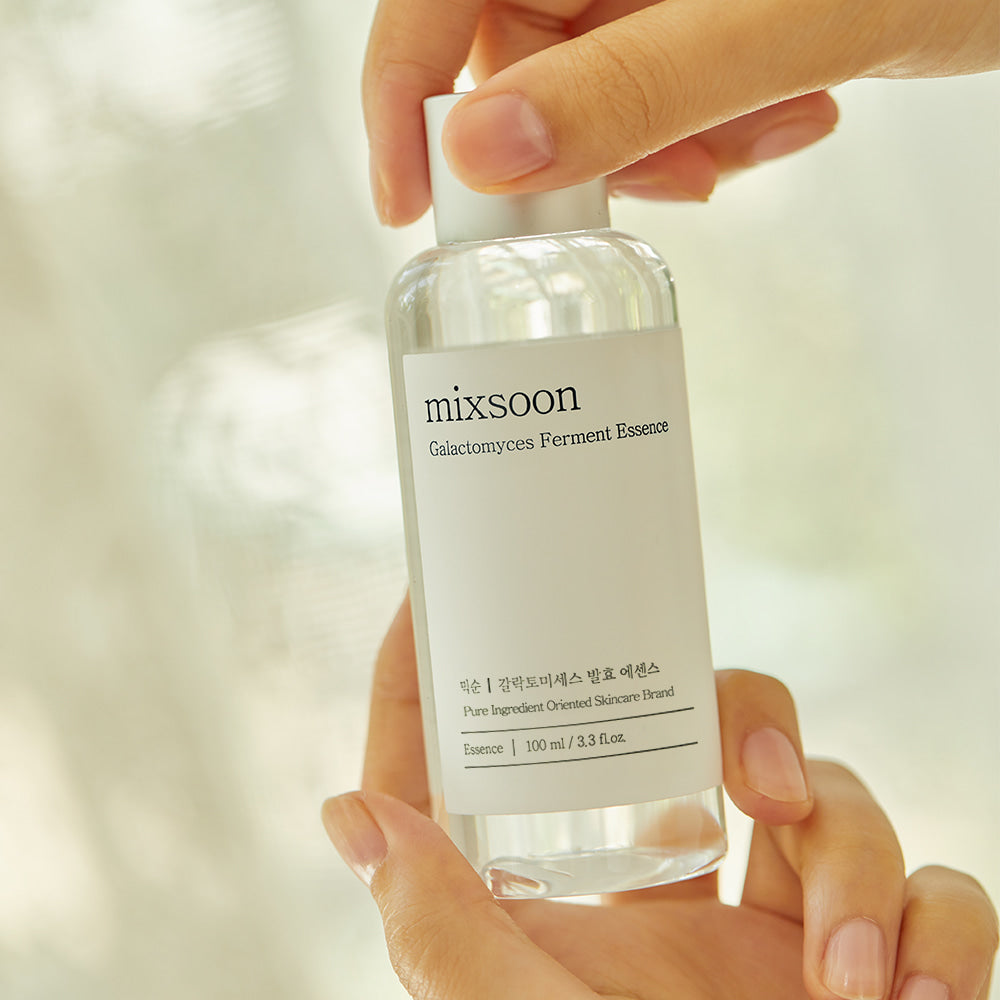



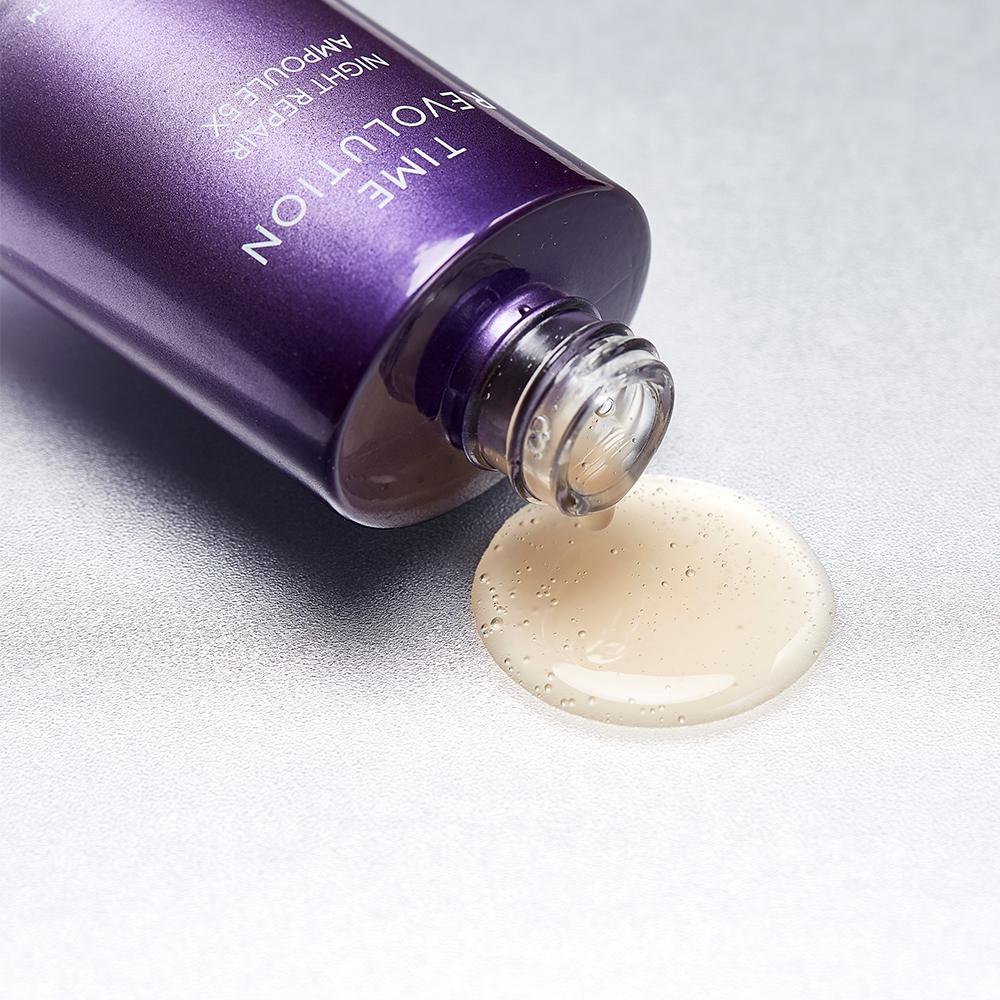



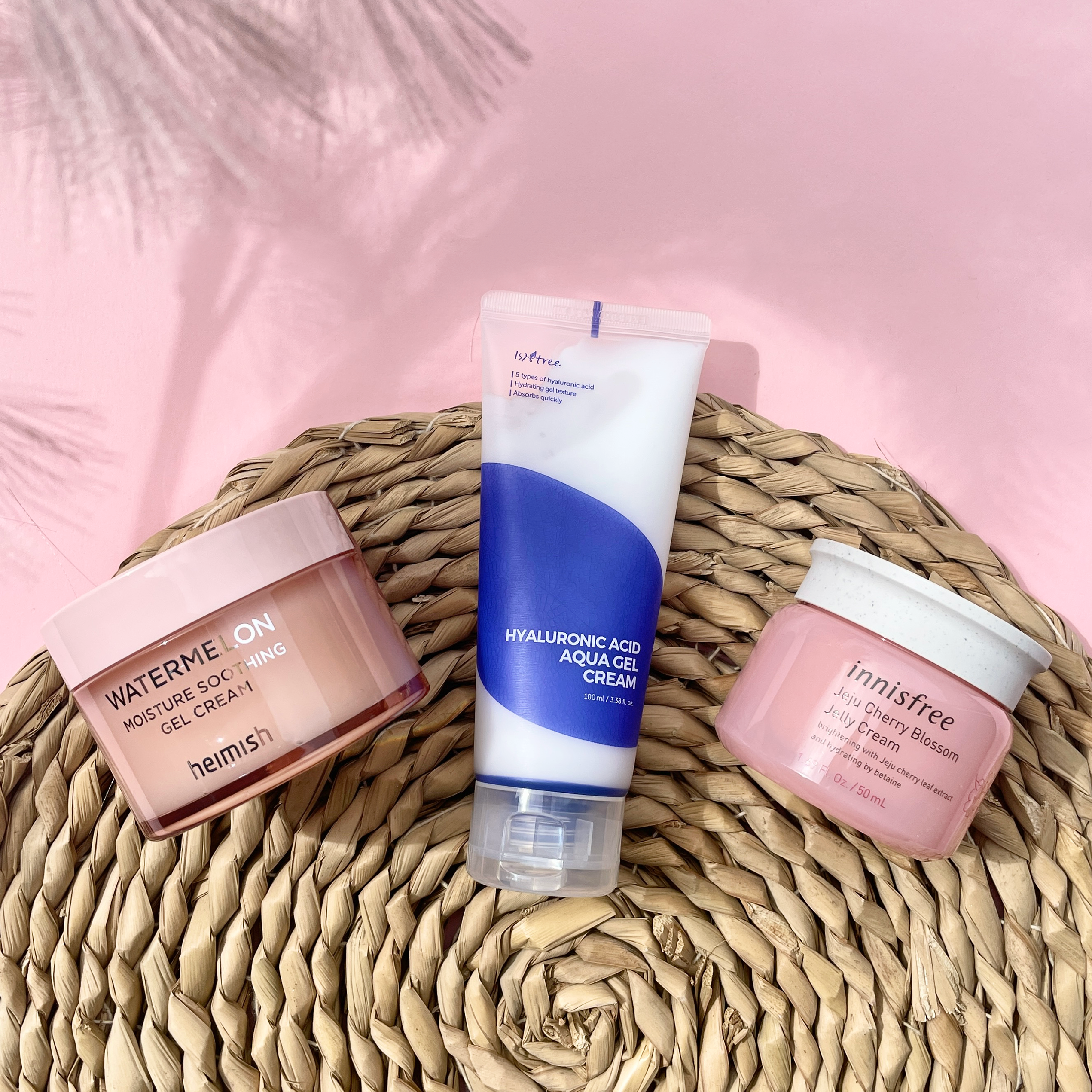

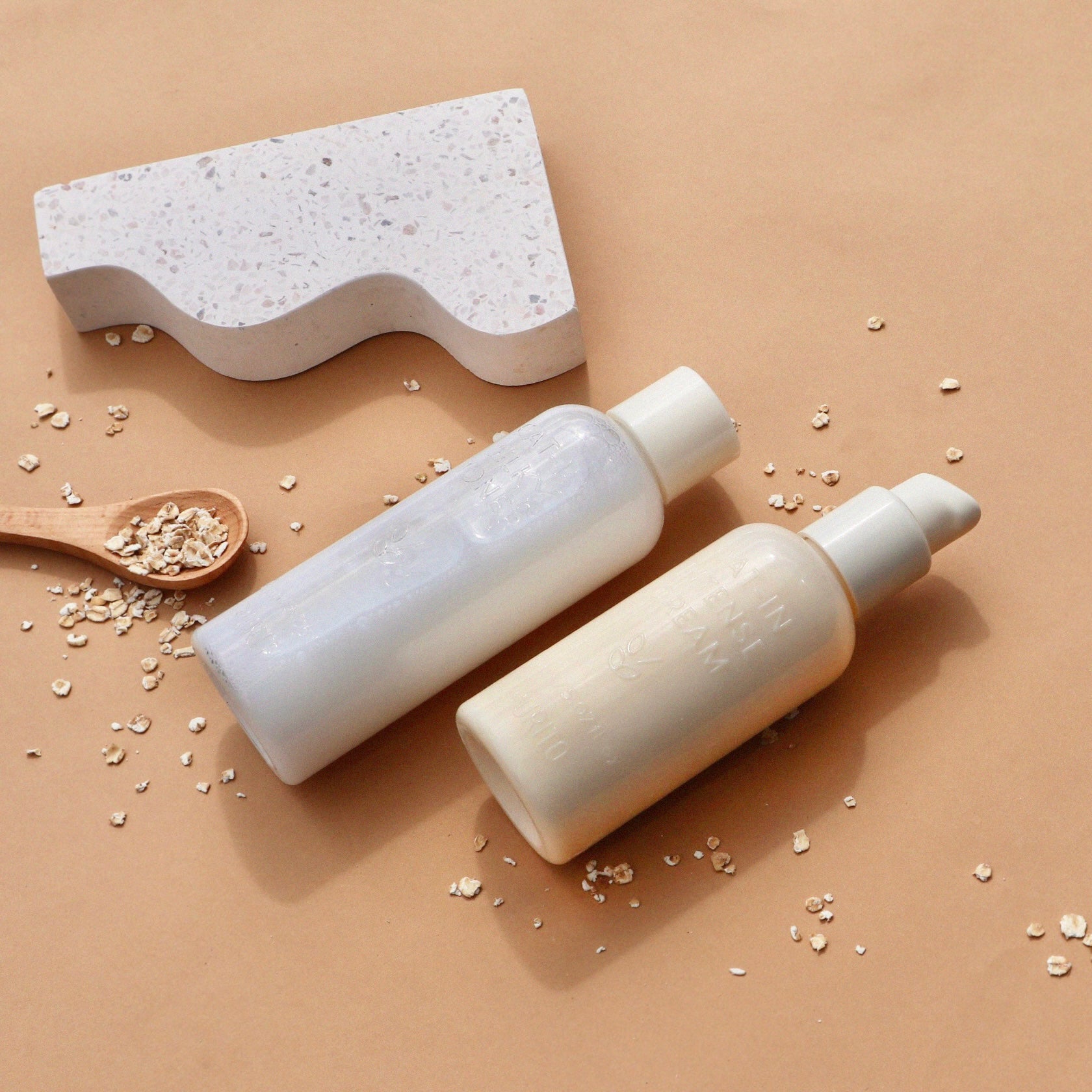
Leave a comment